Patrick Lambert
LISTIC
First Full-Event Reconstruction from Imaging Atmospheric Cherenkov Telescope Real Data with Deep Learning
May 31, 2021



Abstract:The Cherenkov Telescope Array is the future of ground-based gamma-ray astronomy. Its first prototype telescope built on-site, the Large Size Telescope 1, is currently under commissioning and taking its first scientific data. In this paper, we present for the first time the development of a full-event reconstruction based on deep convolutional neural networks and its application to real data. We show that it outperforms the standard analysis, both on simulated and on real data, thus validating the deep approach for the CTA data analysis. This work also illustrates the difficulty of moving from simulated data to actual data.
Three dimensional Deep Learning approach for remote sensing image classification
Jun 15, 2018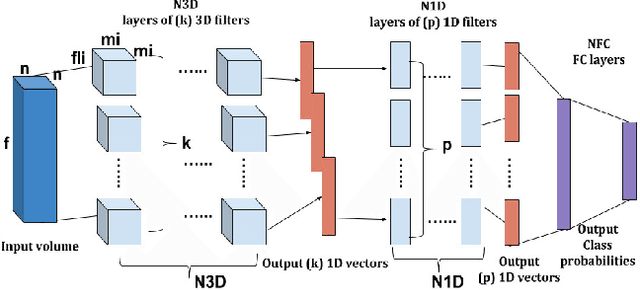

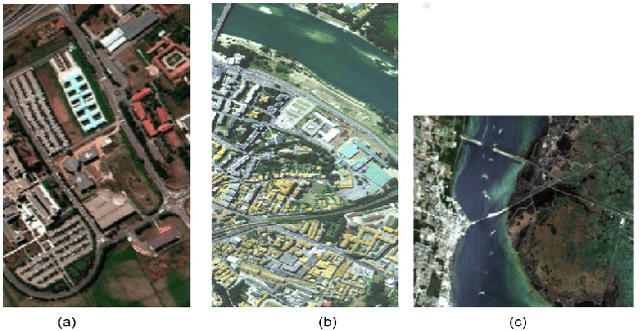
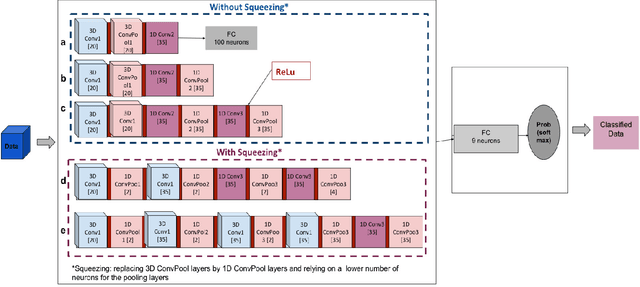
Abstract:Recently, a variety of approaches has been enriching the field of Remote Sensing (RS) image processing and analysis. Unfortunately, existing methods remain limited faced to the rich spatio-spectral content of today's large datasets. It would seem intriguing to resort to Deep Learning (DL) based approaches at this stage with regards to their ability to offer accurate semantic interpretation of the data. However, the specificity introduced by the coexistence of spectral and spatial content in the RS datasets widens the scope of the challenges presented to adapt DL methods to these contexts. Therefore, the aim of this paper is firstly to explore the performance of DL architectures for the RS hyperspectral dataset classification and secondly to introduce a new three-dimensional DL approach that enables a joint spectral and spatial information process. A set of three-dimensional schemes is proposed and evaluated. Experimental results based on well knownhyperspectral datasets demonstrate that the proposed method is able to achieve a better classification rate than state of the art methods with lower computational costs.
Deep Learning for automatic sale receipt understanding
Dec 05, 2017
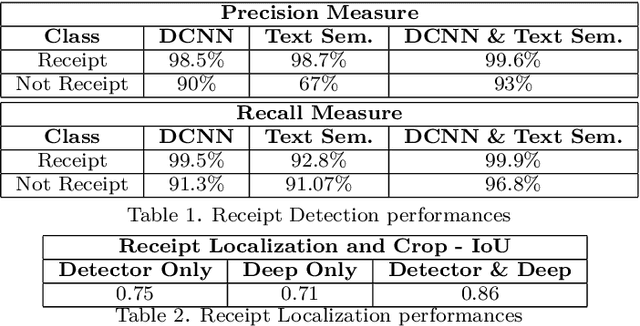

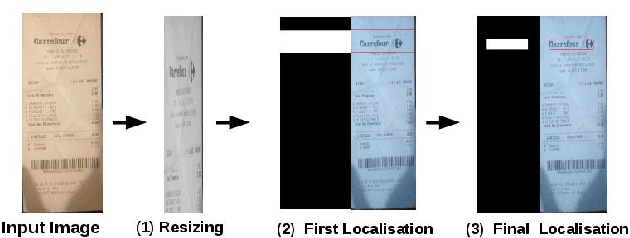
Abstract:As a general rule, data analytics are now mandatory for companies. Scanned document analysis brings additional challenges introduced by paper damages and scanning quality.In an industrial context, this work focuses on the automatic understanding of sale receipts which enable access to essential and accurate consumption statistics. Given an image acquired with a smart-phone, the proposed work mainly focuses on the first steps of the full tool chain which aims at providing essential information such as the store brand, purchased products and related prices with the highest possible confidence. To get this high confidence level, even if scanning is not perfectly controlled, we propose a double check processing tool-chain using Deep Convolutional Neural Networks (DCNNs) on one hand and more classical image and text processings on another hand.The originality of this work relates in this double check processing and in the joint use of DCNNs for different applications and text analysis.
 Add to Chrome
Add to Chrome Add to Firefox
Add to Firefox Add to Edge
Add to Edge